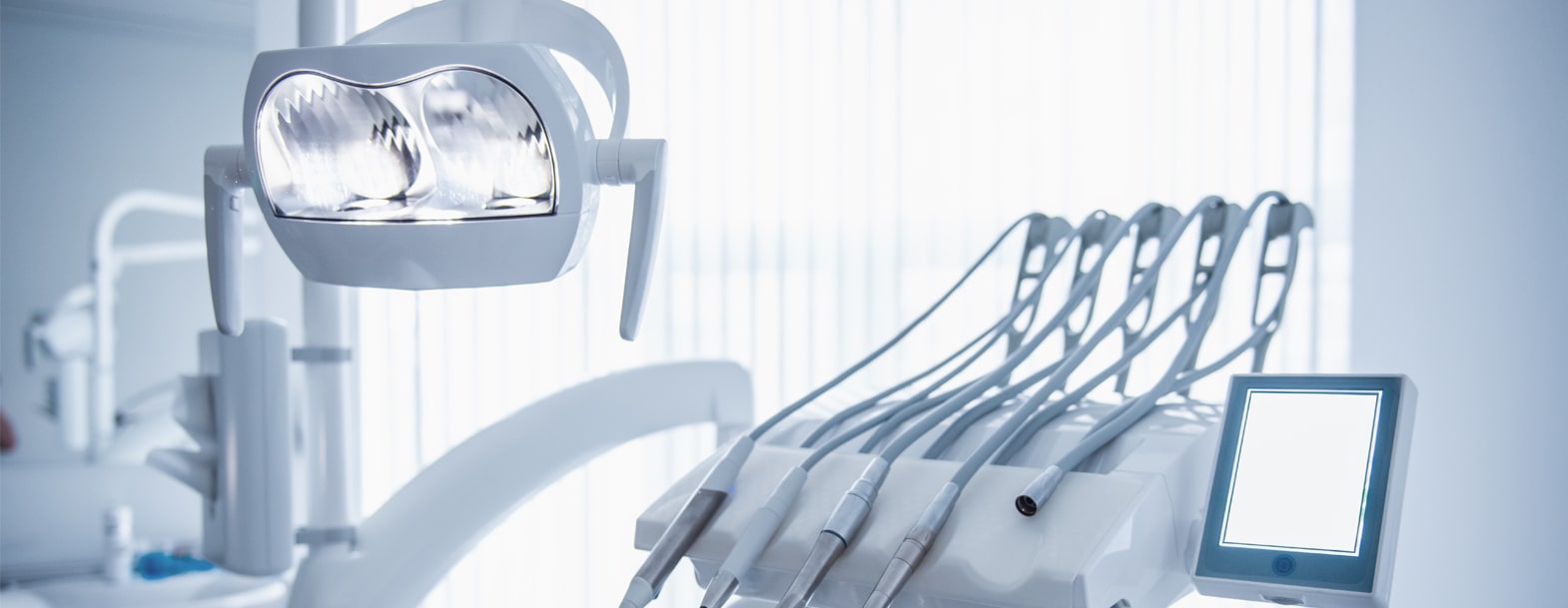Emergency Dental Guide
- Home
- /
- Blog
- /
- Dental Advice
- /
- Emergency Dental Guide
Learn about some of the common dental problems and what might constitute an emergency, alongside some tips to help from home

We adhere to guidance from the Chief Dental Officer (England), which means we’re currently unable to offer face-to-face appointments, including emergency ones. However, we’re committed to ensuring you have access to information during this time. That’s why we’ve prepared an emergency advice guide to help you recognize a dental emergency and manage it from home until you can see a dentist. Remember, even though our doors are closed, we’re available by phone for advice.
Identifying a dental emergency is crucial. Some issues require urgent attention, while others can wait. Here’s what you need to know:
Fillings or cracked teeth causing discomfort can be temporarily filled with products available at supermarkets or pharmacies. However, consult your dentist before attempting this. Desensitizing toothpaste or anaesthetic gels can also help alleviate pain.
Most flare-ups can be managed with thorough home care. If you experience difficulty swallowing, swelling in your face or cheek, or trouble opening your mouth, contact your dentist.
Most ulcers heal within 7-10 days. Ensure excellent oral hygiene and use products like Difflam spray or mouthwash as needed. Denture adhesives may help if dentures cause ulcers.
Take regular painkillers for up to seven days after an extraction. Some oozing is normal, but freely bleeding sockets require immediate attention.
Improving brushing habits can stop bleeding gums. Brush twice daily with fluoride toothpaste and clean between your teeth daily.
Consult your dentist for personalized advice. Temporary repair kits are available, but use them cautiously. Your dentist may offer guidance via video link or advise on whether it’s safe to leave the crown off until regular dental care resumes.
While these tips cover many issues, please contact your local practice if you’re unsure about anything. We’re here to help, even over the phone.
“I saw Chloe and she was a delight - very professional and very friendly”
“Very pleased with my recent treatment. I'd phoned Reception late one afternoon as a tooth and filling had snapped off. The next morning a complete composite tooth was in place. All of the staff...”
“As usual an on time and efficient appointment with great attention to detail from all the team.”
“Getting used to having a new dentist after so many years with the same one , but the new dentists I have seen have been really nice. And luckily Jenny the hygienist is still...”
“I was treated under sedation. For a nervous patient (like me) i cannot recommend this enough. Very pleasant experience and felt very comfortable after the treatment. Great dental Practice and friendly staff.”
“This is the first time that I have been seen by Dr Richard Aldridge and this was a very good experience... a very thorough check, a careful explanation of what he found, a most...”
“I write this on behalf of my husband, who is not into computers but does know a good dentist when he see one. Very good service throughout, from friendly and welcoming receptionists to proficient...”



